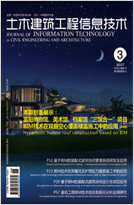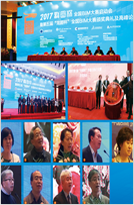Abstract:
During the process of the structural analysis, the current amplitude, which only adjusts the beam moment while does not adjust the column internal forces, results in the unbalanced force in the beam-column joints, and does not consider the relation between the change of beam stiffness and the beam amplitude. This article explores one calculation method for the whole structure's amplitude, considering the stiffness change of the each beam. With the structure finite element analysis, the amplitude achieves the balance of beams, columns and joints internal force. Some representative examples of the results show that by reduction of beam end stiffness, the amplitude of frame could be done. When the reduction factor of beam end stiffness is equal to 0.4, the analysis result is consistent with the traditional amplitude coefficient of 0.85.










 下载:
下载: